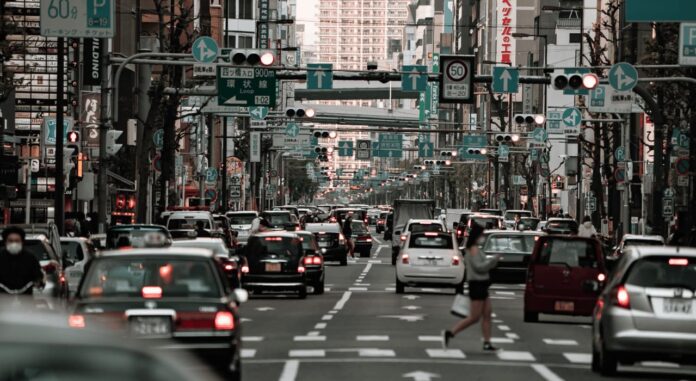For those planning to work or live in Japan, understanding how to legally and safely drive in the country can make life more convenient—especially if you’re living outside of Tokyo or commuting to client sites.
This guide walks you through the essentials of driving in Japan, from licenses to traffic rules.
1. Can Foreigners Drive in Japan?
Yes, but you’ll need to meet one of the following conditions:
- Have an International Driving Permit (IDP) issued under the 1949 Geneva Convention. It’s valid for up to one year from your entry into Japan and cannot be renewed within Japan.
- Convert your foreign driver’s license to a Japanese license (called “Gaimen Kirikae:外免切替”). This process depends on your country of origin.
Note: If your home country has a reciprocal agreement with Japan (e.g., Germany, France, UK, South Korea), the conversion is simpler. For others, a written test and practical exam may be required.
2. How to Get an International Driving Permit (IDP)
- Apply in your home country before coming to Japan.
- Make sure your IDP is based on the 1949 Geneva Convention, as permits under other treaties (like the 1968 Vienna Convention) are not accepted.
- You must also carry your original driver’s license along with the IDP when driving.
3. Converting Your License: The Gaimen Kirikae(外免切替) Process
If you plan to live in Japan long-term, converting your license is strongly recommended. Here’s a general overview:
- Required documents include:
- Valid foreign driver’s license
- Official translation (from JAF or embassy)
- Passport
- Residence card
- Application form
- Related expenses of 10,000 to 20,000 yen
- Depending on your country, you may also need to take:
- Written test
- Driving test
Processing times and availability may vary by prefecture. We recommend contacting your local Licensing Center in advance.
4. Key Traffic Rules to Know
- Drive on the left-hand side of the road.
- Seatbelts are mandatory for all passengers.
- Using mobile phones while driving is strictly prohibited unless hands-free.
- Zero tolerance for drinking and driving.
- Speed limits: Typically 60 km/h on regular roads and 100 km/h on expressways.
5. Parking and Navigation Tips
- Illegal parking is strictly enforced—tickets and towing are common.
- Consider using websites or apps like Japan Travel by NAVITIME to find legal parking.
- Google Maps works well, but Japanese-specific navigation systems can provide more detailed info (in Japanese).
6. Rental Cars & Car Ownership
- Foreigners with a valid IDP or Japanese license can easily rent cars from major agencies (e.g., Toyota Rent-a-Car, Times Car).
- If you plan to buy a car, you’ll need to:
- Register a parking space
- Get shaken (車検: vehicle inspection)
- Purchase mandatory insurance
7. Insurance & Emergency Contacts
- Compulsory insurance (自賠責: Jibaiseki) is required by law.
- Voluntary insurance is highly recommended for comprehensive coverage.
- In case of an accident:
- Call 110 for police
- Call 119 for ambulance or fire
Summary
Driving in Japan can be a convenient and enjoyable experience—especially if you understand the basics and stay compliant with local rules.
Whether you’re here short-term or long-term, planning ahead will make a big difference.
🌟 Interested in working in Japan’s tech industry?
・Explore job opportunities on our IT Job Board for Foreign Engineers
・Follow us on Linkedin to stay updated!
















